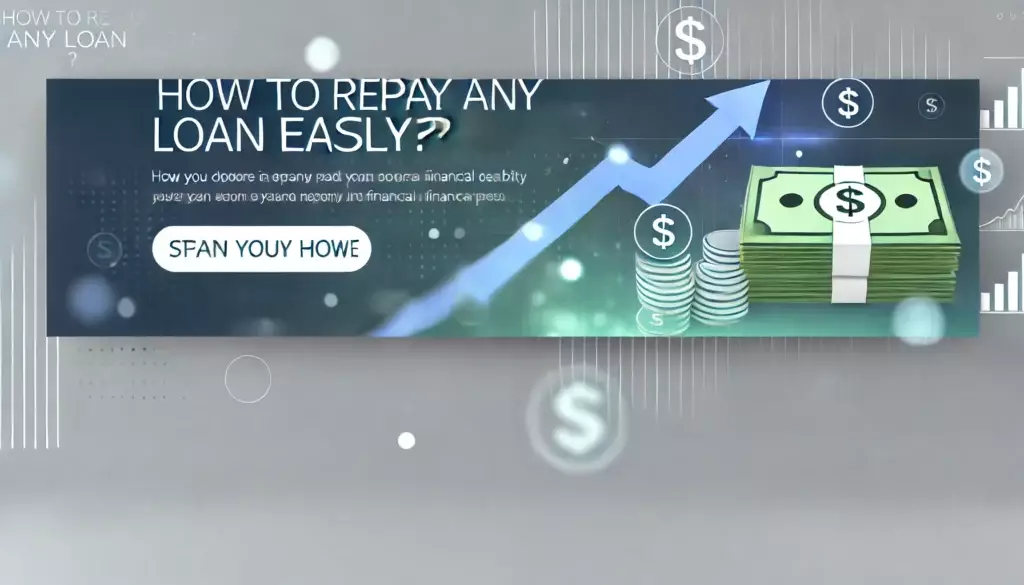Changes in interest rates can have different effects on consumer spending habits depending on a number of factors, including current rate levels, expected future rate changes, consumer confidenceand the overall health of the economy.
Key Takeaways
- Central banks adjust target interest rates in a country, raising them to increase the cost of borrowing when the economy is hot, and lowering them to make borrowing cheaper when the economy is sluggish.
- When interest rates go up, consumers may be more attracted to saving dollars that can earn higher interest rates rather than spend.
- When rates go down, people may no longer wish to save, but instead spend and invest, even taking out loans to consume at low interest rates.
Interest Rate Changes
Central banks adjust interest rateseither up or down,in order to combat inflation or spur economic activity when the economy slows. Interest rates affect the cost of borrowing money over time, and so lower interest rates make borrowing cheaper – allowing people to spend and invest more freely. Increasing rates, on the other hand makes borrowing more costly and can reign in spending in favor of saving.
The ultimate effect of interest rate changes primarily depends on the consensus attitude of consumers as to whether they are better off spending or saving in light of the change.
The basis behind interest rate changes as a tool for influencing the economy stems from Keynesian economic theory refers to two competing economic forces that act on consumers, and which can be influenced by interest rate levels: the marginal propensity to consume (MPC) and the marginal propensity to save (MPS). These concepts refer to changes in how much disposable income consumers tend to spend or save.
Spend or Save?
An increase in interest rates may lead consumers to increase savings since they can receive higher rates of return. This is outlined in the marginal propensity to save. Suppose you receive a $500 bonus with your paycheck. You suddenly have $500 more in income than you did before. If you decide to spend $400 of this marginal increase on a new business suit and save the remaining $100, your marginal propensity to save is 0.2 ($100 change in saving divided by $500 change in income).
The current level of rates and expectations regarding future rate trends are factors in deciding which way consumers lean. If, for example, rates fall from 6% to 5% and further rate declines are expected, consumers may hold off on financing major purchases until lower rates are available. If rates are already at very low levels, however, consumers will usually be influenced to spend more to take advantage of good financing terms.
The other side of marginal propensity to save is marginal propensity to consume, which shows how much a change in income affects purchasing levels. If interest rates are low, people may take that $500 bonus and decide its not worth earning next to nothing in the bank. Moreover, they may decide to use that as a downpayment to purchase something worth $1,000, financing the additional $500 with a low-interest rate loan on a credit card, or from a bank.
The Bottom Line
The overall health of the economy impacts consumer reaction to interest rate changes. Even with rates at attractively low levels, consumers may not be able to take advantage of financing in a depressed economy. Consumer confidence about the economy and future income prospects also affect how much consumers are willing to extend themselves in spending and financing obligations.



